|
Basic functions
|
A DXM board can receive and transmit four channels of framed E1 signals, two channels of sub-rate or N x 64 kbit/s signals, eight channels of G.703 64 kbit/s codirectional signals, two channels of G.703 64 kbit/s contradirectional signals, and eight channels of RS232/RS485 signals/RS232-trans/RS422/RS422-trans.
NOTE:
- After services are configured on ports DDN19 and DDN20, the services on the ports can be switched only between V.35, V.24, X.21, RS449, RS530, and RS530A or between RS232 and RS485.
- If services are configured on either of the ports in pair (ports 13 and 16, ports 14 and 17, or ports 15 and 18), the services on ports 13 to 15 cannot be switched to RS422 or RS422-trans services.
- After services are configured on ports DDN13 to DDN20, the services on the ports cannot be switched between RS232/RS485, RS422, RS232-trans, and RS422-trans services.
- Contradirectional 64 kbit/s services can be enabled on ports DDN-5 and DDN-8. After the contradirectional 64 kbit/s services are enabled on the DDN-5 (or DDN-8) port, ports DDN-6 and DDN-7 (or ports DDN-9 and DDN-10) are preempted.
- After the 64 kbit/s services are enabled on the DDN-5 (or DDN-8) port, check whether 64 kbit/s cross-connect services are configured on ports DDN-6 and DDN-7 (or ports DDN-9 and DDN-10). If any cross-connection service is configured, the configuration of the contradirectional 64 kbit/s services will fail to be issued. In this case, you need to delete the cross-connection service first.
- After the 64 kbit/s services are enabled on the DDN-5 (or DDN-8) port and configuration is delivered, no service can be configured on ports DDN-6 and DDN-7 (or ports DDN-9 and DDN-10).
- The contradirectional 64 kbit/s service supports only the active mode.
|
|
Port working mode
|
Allows the port working mode to be specified.
- Framed E1: PCM30(CAS) or PCM31(CCS).
- Serial port: DTE, DCE or MASTER
NOTE:
- For N×64 kbit/s services and V.35/V.24/X.21/RS-449/RS-530/RS-530A sub-rate services, the port working mode can be set to DTE or DCE.
- For G.703 64 kbit/s contradirectional services, the port working mode can be set to MASTER.
- For RS232/RS485/RS422 services and G.703 64 kbit/s codirectional services, the port working mode cannot be set.
- For RS422-trans and RS232-trans services, the port working mode can be queried but cannot be set.
|
|
NMS port
|
- External ports: DDN1 to DDN20, representing twenty external ports. external interface: E1 1-4 (DB44) and DDN (Anea 96).
- Framed E1 ports with IDs ranging from 1 to 4, representing E1 ports 1 to 4. The port impedance can be set to 75 ohms or 120 ohms.
- G.703 64 kbit/s codirectional ports with IDs ranging from 5 to 12.
- G.703 64 kbit/s contradirectional ports with IDs of 5 and 8.
-
RS232/RS485/RS422 ports with IDs ranging from 13 to 20.
-
Sub-rate ports: asynchronous (0.6 kbit/s, 1.2 kbit/s, 2.4 kbit/s, 4.8 kbit/s, 9.6 kbit/s, 19.2 kbit/s, 38.4 kbit/s and 48 kbit/s).
- For an RS422 port, five channels of services are supported. DDN13 is in the receive direction and DDN 16 is in the transmit direction of the RS422 port. DDN14 is in the receive direction and DDN 17 is in the transmit direction of the RS422 port. DDN15 is in the receive direction and DDN 18 is in the transmit direction of the RS422 port, Ports DDN19 and DDN20 can receive and transmit RS422 services but the protocol mode must be set to RS449 on the NMS.
- The over-sampling mode is supported. The serial port rate can be set to 48 kbit/s (X.50), 56 kbit/s (V.110), or N×64 kbit/s. (N ranges from 1 to 31.) The protocol mode can be set to RS232 or RS422 transparent transmission.
NOTE:
After the over-sampling mode is set, the port does not support asynchronous PRBS, but supports synchronous PRBS.
- RS232-trans service ports with IDs ranging from 13 to 20; RS422-trans service ports with IDs ranging from 13 to 15 and 19 to 20.
-
N x 64 kbit/s or sub-rate ports with IDs ranging from 19 to 20.
Sub-rate ports: synchronous/asynchronous (0.6 kbit/s, 1.2 kbit/s, 2.4 kbit/s, 4.8 kbit/s, 9.6 kbit/s, 19.2 kbit/s, 38.4 kbit/s, and 48 kbit/s) and synchronous (56 kbit/s). The ports can receive and process other types of sub-rate services by means of over-sampling, only if the ports are configured as synchronous and the to-be-receive sub-rate service rate is four or more times of the port access rate.
- Internal ports: 2M-1 to 2M-63, representing 63 E1 internal ports which use timeslots 1-31 (PCM30(CAS) does not support timeslot 16), with port IDs ranging from 65 to 127.
|
|
Service processing
|
|
|
E1 DCN
|
Supported
|
|
Clock
|
- For the synchronous sub-rate serial port, N x 64 kbit/s services, and G.703 64 kbit/s contradirectional services, the receive and transmit clock edges can be configured.
- DDN1 (first framed E1 port) and DDN19 (the first-channel sub-rate is set to N x 64 kbit/s) can be used as the system clock source.
- The 2 MHz/2 Mbit/s local system clock, DDN19, DDN20, framed E1-1, framed E1-2, VC-12-1, VC-12-17, and VC-12-33 can be used as the intra-board clock source.
|
|
Overhead processing
|
Supports the setting and query of the V5 and J2 bytes.
|
|
Alarms and performance events
|
Reports various alarms and performance events, which facilitates the management and maintenance of the equipment.
|
|
Maintenance features
|
- Supports inloops and outloops at electrical interfaces.
- Supports the PRBS function.
- Supports CRC performance measurement and threshold-crossing alarms for E1 signals.
- Supports board voltage detection and alarm reporting.
- Supports board temperature detection, alarm reporting, and performance statistics collection.
- Hot board swapping.
|
|
Connectors
|
- DB44 connector: receives/transmits framed E1 signals.
- Anea 96 connector: receives/transmits sub-rate or N x 64 kbit/s signals, G.703 64 kbit/s codirectional/contradirectional signals, and RS232/RS422/RS485/RS422-trans/RS232-trans signals.
|
|
VC-12 SNCP
|
Supported.
|
|
E1 SNCP
|
Supported.
|
|
64k SNCP
|
Supported.
|
|
2M ASON
|
When working with TNZ5UXCMS, the board supports this function.
|





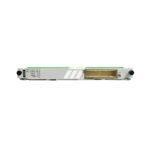
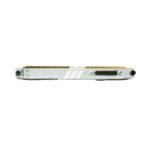
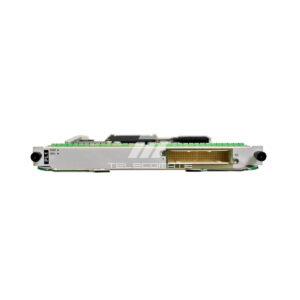
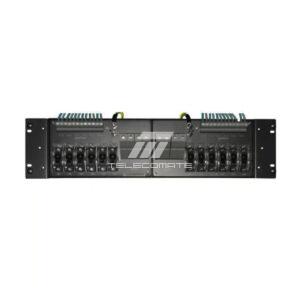
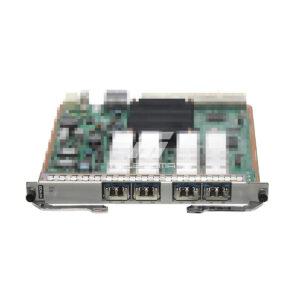
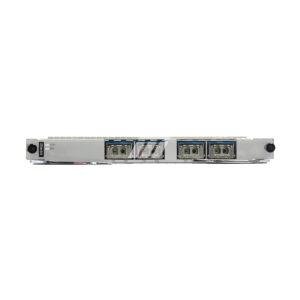
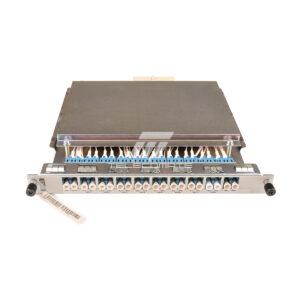
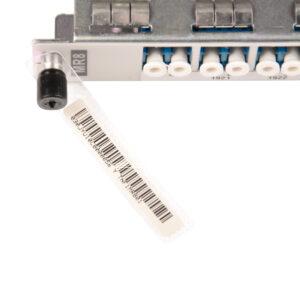
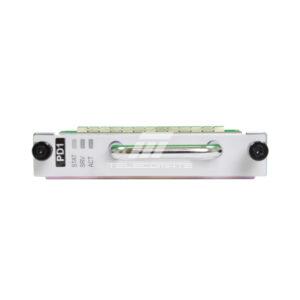
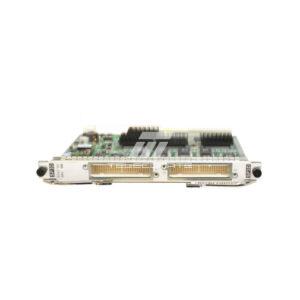
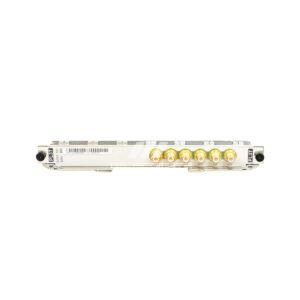
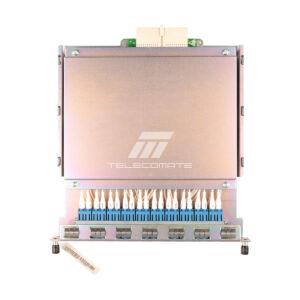
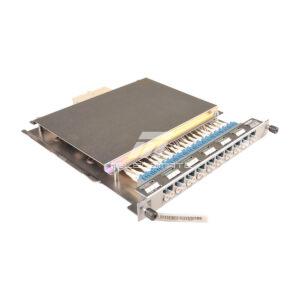
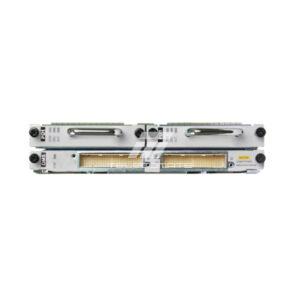
Victor –
Good! Please give me a better price the next time